Things to remember
a. You can agree to play a variety of artificial 2 suiter bids over opponent’s opening (Like Michaels cue bid, Ghestem, unusual 2NT or any other convention). You need to also agree on the range of these bids. Some play unlimited range for such a bid. Others plays it to be weak. And others plays it to be either weak (up to 10 points) OR very strong (16+) . And then with 11-15 points they bid the higher suit first and later the second suit, as in this hand’s bidding. Needs agreement!
b. Suggestion for partnership: When you lead an Ace (or a Q) – you ask partner for an attitude signal (high = I like this, low = I don’t like this, when playing standard carding). When you lead a King – you ask for count (high-low = even number of cards, low-high = odd, when playing standard carding).
c. Suit preference can be given in several ways: On the first discard (can play Lavinthal, which means a low card asks for the lower suit, a high card asks for the higher suit OR you can play odd/even, which means that an odd card encourages, and an even card is suit preference same as for Lavinthal). When partner leads the Ace and the suit is dead (meaning it’s useless to signal attitude or count, as we have no more tricks in that suit) – then we signal suit preference. And also, like in this hand, when we give partner a ruff: We can signal to him which suit to play back to our hand, to give him another ruff. In this hand a High Diamond asked for Heart , and a low Diamond would have asked for Club (As partner doesn’t have Diamonds and Spade is the trump, there are only 2 suits remaining for him to play: Club or Heart).
d. When you bid 2 suits, and partner passes the 2nd suit – it means that he is for sure longer in that suit, and most likely very short in your first suit. If partner has same length (or longer in your first suit), he is obliged to correct the bid back to your first suit, even if he has 0 points! So here, in this hand, partner freely passed your 3♣ bid, which means he prefers Clubs over Diamonds (with a singleton Club he would have bid 3♦ even with 0 points).

Comments
One response to “Seeing through cards #8”
club 2 shows either noninterest
oraingleton or odd no cards if singleton the bext card will show and now he shud play club 7 to ask for heart entry
thus reading cards he will lead hrt i get ruff play dim ace and cl q
Down one